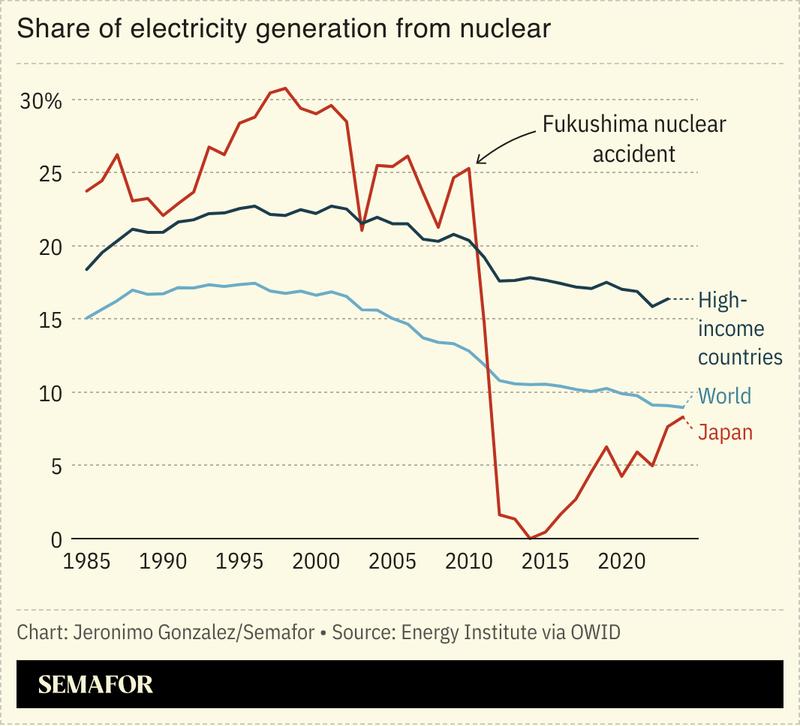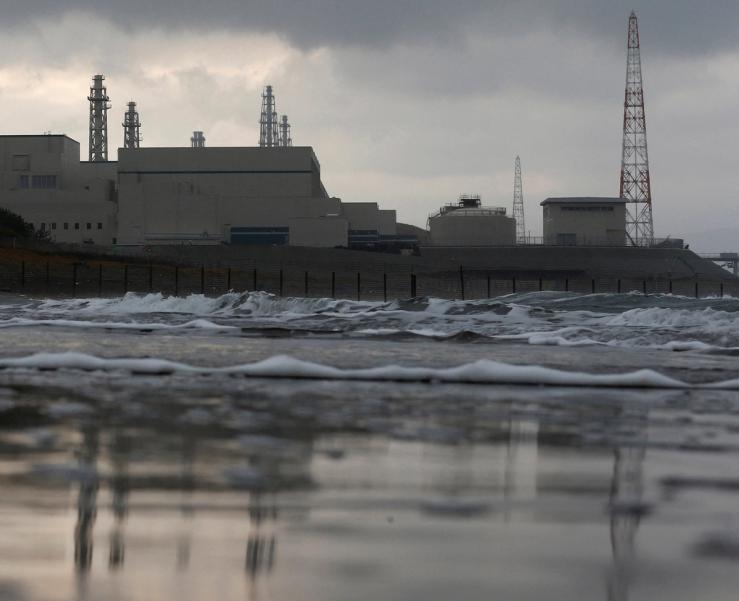The Japanese government said that the world’s biggest nuclear plant would restart operations.
The Kashiwazaki-Kariwa site closed in 2012, as Japan — which previously generated 30% of its electricity from nuclear power — shuttered most of its fleet in the wake of the Fukushima meltdown. But like much of the world, it is looking once again to nuclear power for reliable, low-carbon energy, especially in the face of high gas and oil prices following Russia’s invasion of Ukraine. It has restarted 14 out of 54 plants and announced plans for a first new reactor since the disaster.
In a bid to boost energy security and reduce emissions, 33 countries have now pledged to triple nuclear capacity by 2050.



